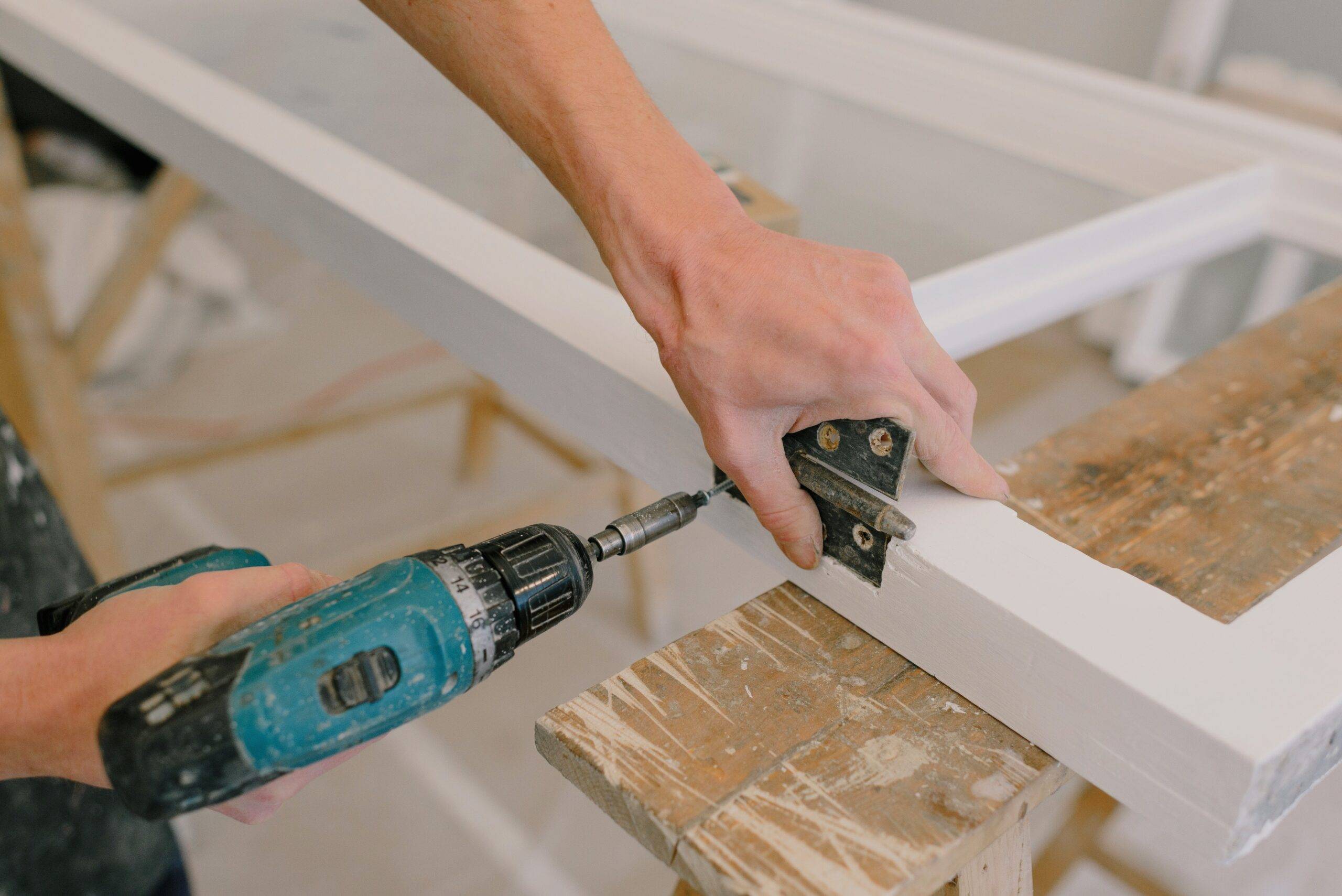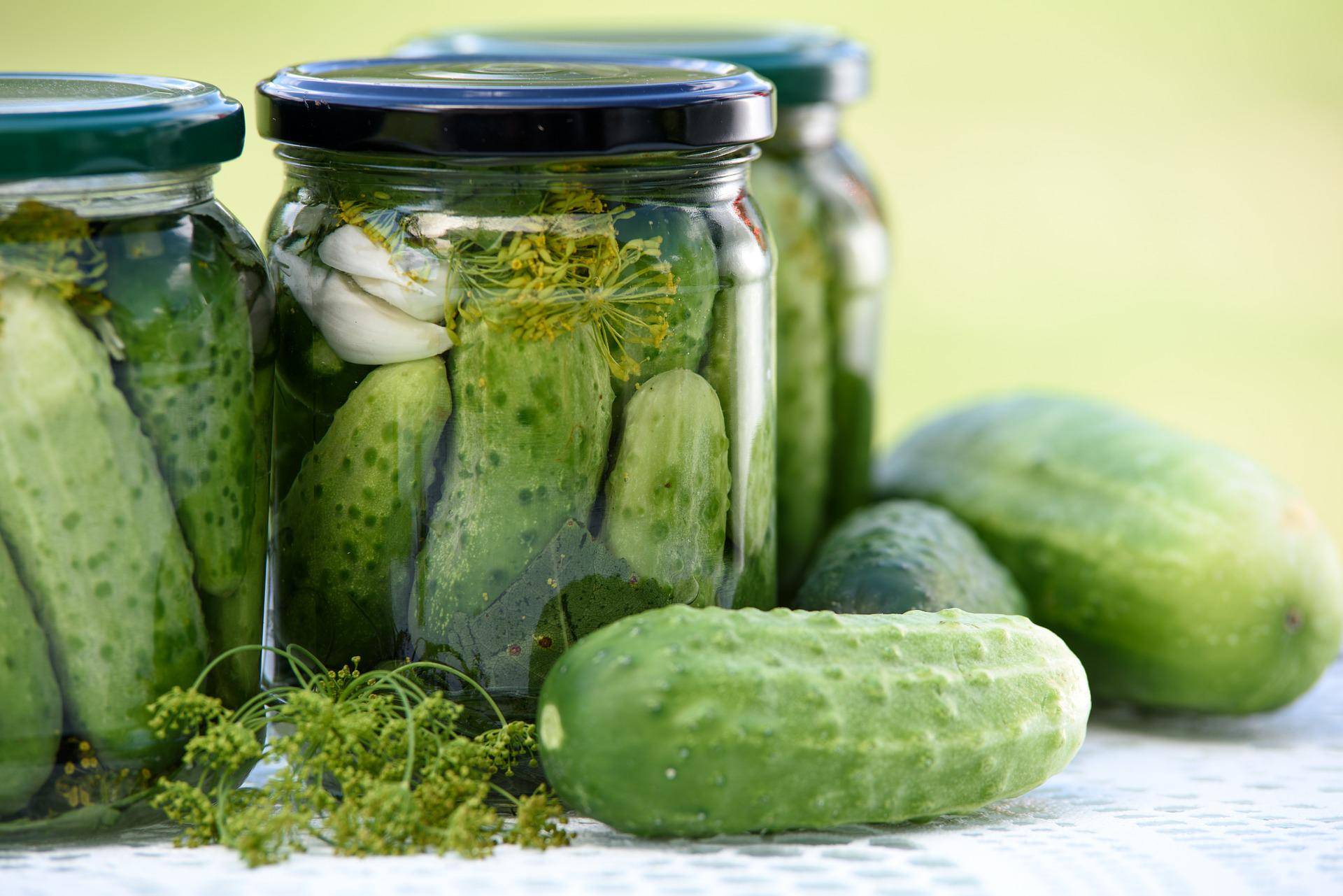Buying an older home instead of a newer build is one of the best eco-friendly choices new homeowners can make. But, no matter how nice your older home may be, it will still likely need a little bit of TLC. Home remodeling can often be quite pricey and potentially wasteful, so we put together this quick guide with some top sustainable home renovation tips to help.
Follow along with these 12 green remodeling hacks for a more eco-friendly home. They’ll save you money and reduce the amount of building materials that end up in the trash too!
Affiliate disclosure: As an Amazon Associate, I may earn commissions from qualifying purchases.
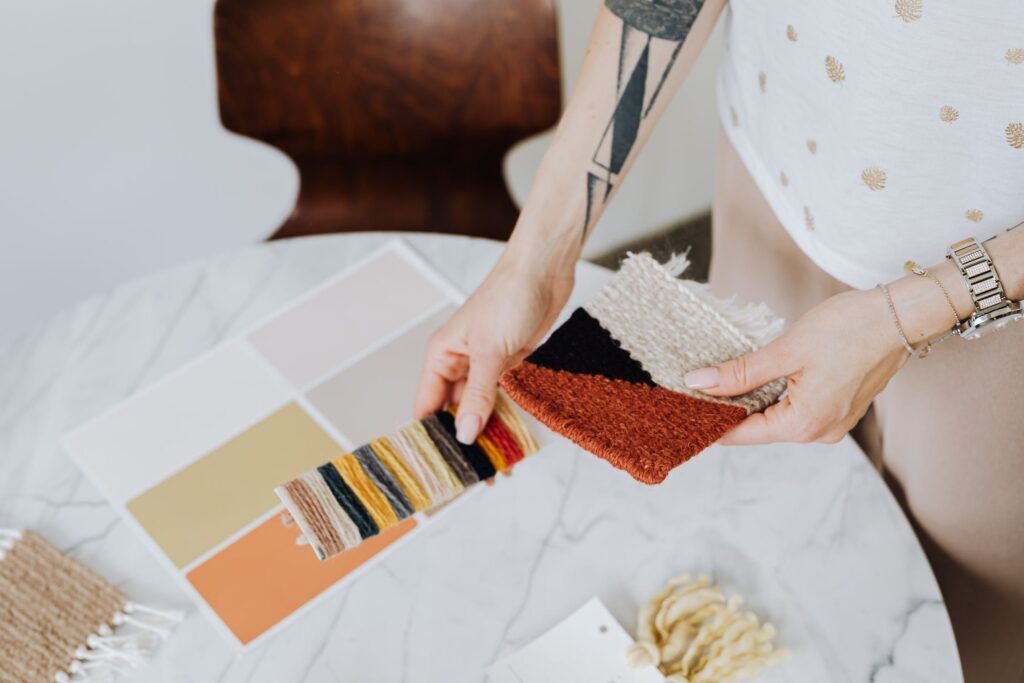
12 green remodeling tips for a sustainable home renovation
Depending on your home and your personal style, not all of these tips may be useful to you, but we think most of them will be. Pick and choose the hacks that work for you. While a fully-sustainable home renovation may not be possible, the more eco-friendly friendly choices you make, the greener your project will be.
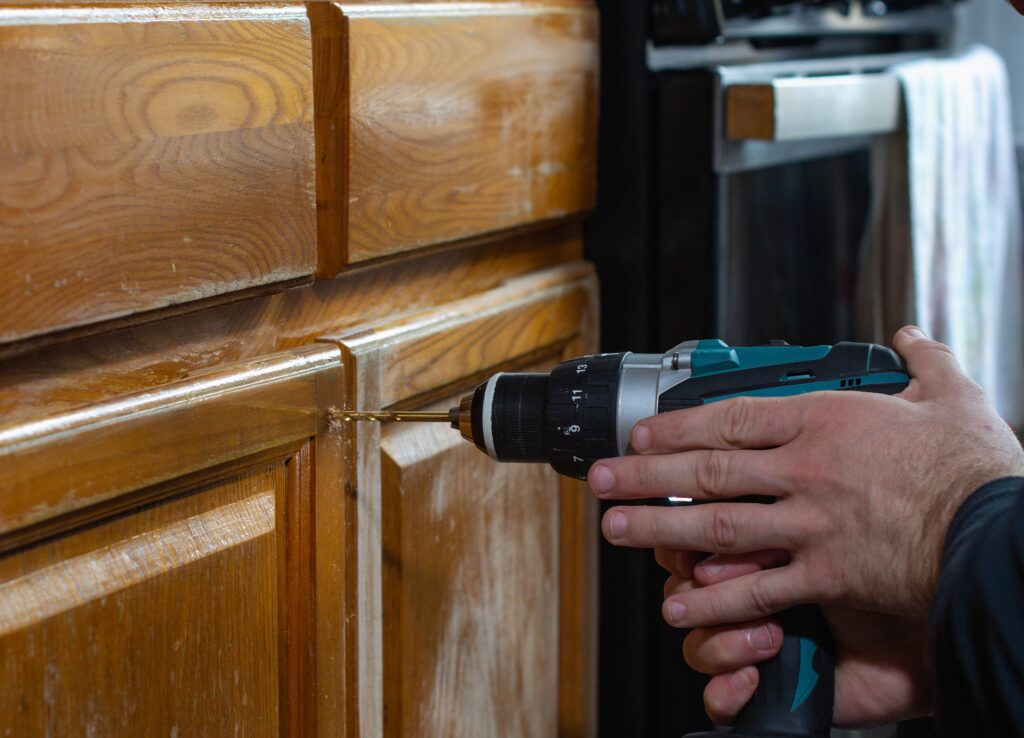
1. Deconstruct, don’t demo
As with other sustainable products, the most eco-friendly building materials are the ones you already own. Reusing existing features in your home as much as possible is always a greener choice than demolishing them.
Of course, if building materials are moldy or just downright unsafe, don’t try to keep them. But if you can salvage parts of an existing element, try to do so when it makes sense.
For example, if you have an outdated fireplace, just replacing the mantel can give your fireplace an entirely new look. Or, sometimes if you’re really lucky, you may find a gorgeous original wood floor underneath that grimy shag carpet!
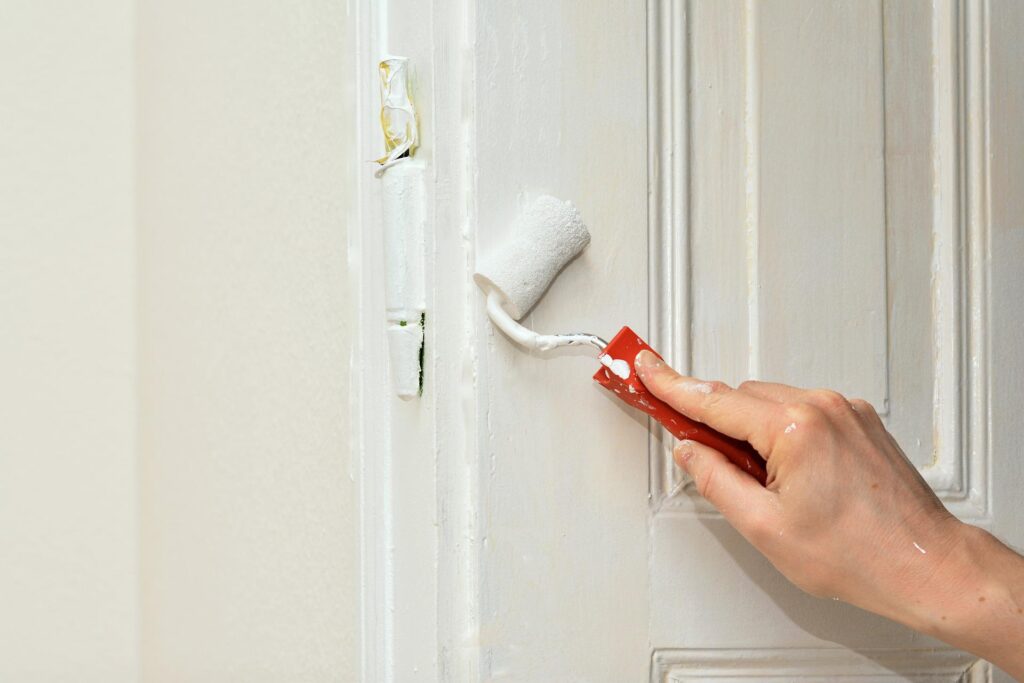
2. Refinish what you can
Older kitchen cabinets or built in vanities can be an eyesore. But sometimes all they need is a good refinishing to brighten them up and make them look more stylish and modern.
If you can, think about revamping old wood cabinets with a fresh coat of paint or stain and some new hardware. To get rid of the old finish, try out a more eco-friendly paint stripper, like Citristrip (which is low in VOCs), and then finish it off with a eco-friendly wood stain, like General Finishes (which comes in every color you could want).
After you’ve refinished your cabinets, adding new drawer pulls, like these whimsical branch pulls or these colorful, hand-painted knobs, can make your kitchen look brand new!
3. Choose sustainable building supplies
Some building materials are simply more sustainable than others. Building materials made of natural or recycled products have significantly less of an environmental impact, produce fewer VOCs for better indoor air quality and may even be biodegradable which translate into less landfill waste.
If you’re looking to replacing your flooring, sustainable products like HempWood are ideal choices. Made from eco-friendly hemp, HempWood has a small ecological footprint compared to other lumber alternatives, is low in VOCs and can be installed any place you’d use wood.
For countertop replacements, some excellent sustainable choices include bamboo and recycled glass countertops.
And if you’re in the market for a new roof, wood shingles, metal roofs and clay tiles are some of the greenest options out there (although, if you’re looking for a truly sustainable choice, you can’t beat green roofs!)
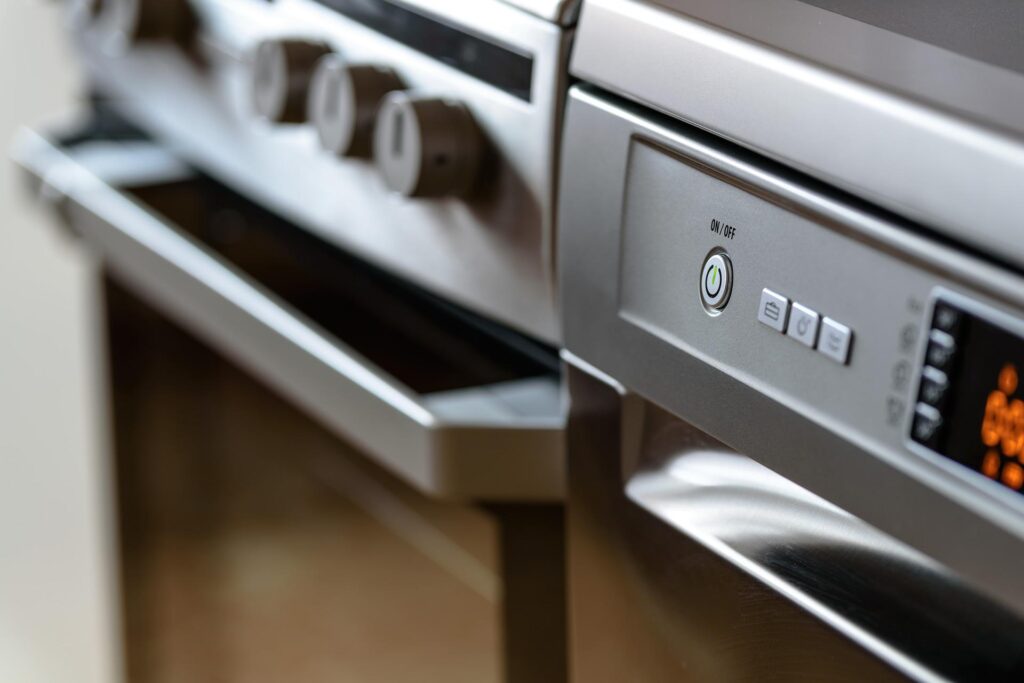
4. Plan for energy efficiency
In addition to choosing sustainable building materials, another important way to ensure your remodel is as green as possible is to maximize energy efficiency as much as you can. That can look like pinpointing areas where your home is leaking energy — such as poorly sealed windows or uninsulated walls. It can also look like replacing old fixtures and appliances with energy efficient ones.
Now that doesn’t mean you need to trash your old washing machine to get an Energy Star rated appliance, but as appliances reach the end of their lives, look for more eco-friendly replacements. Refrigerators, stoves and washing machines can use up a lot of energy, but Energy Star rated appliances will use much less. They’re even helpfully labeled with the Energy Star logo so they’re easy to spot!
When it’s time to replace old drafty windows, look for energy efficient window replacements, which can save you money on your home heating bill.
If you’re tired of your old light fixtures, swapping them out for LED lights will lower your electricity costs.
And if your water heater kicks the bucket, try a tankless water heater instead, which can be 24% to 34% more energy efficient than traditional storage tank water heaters.
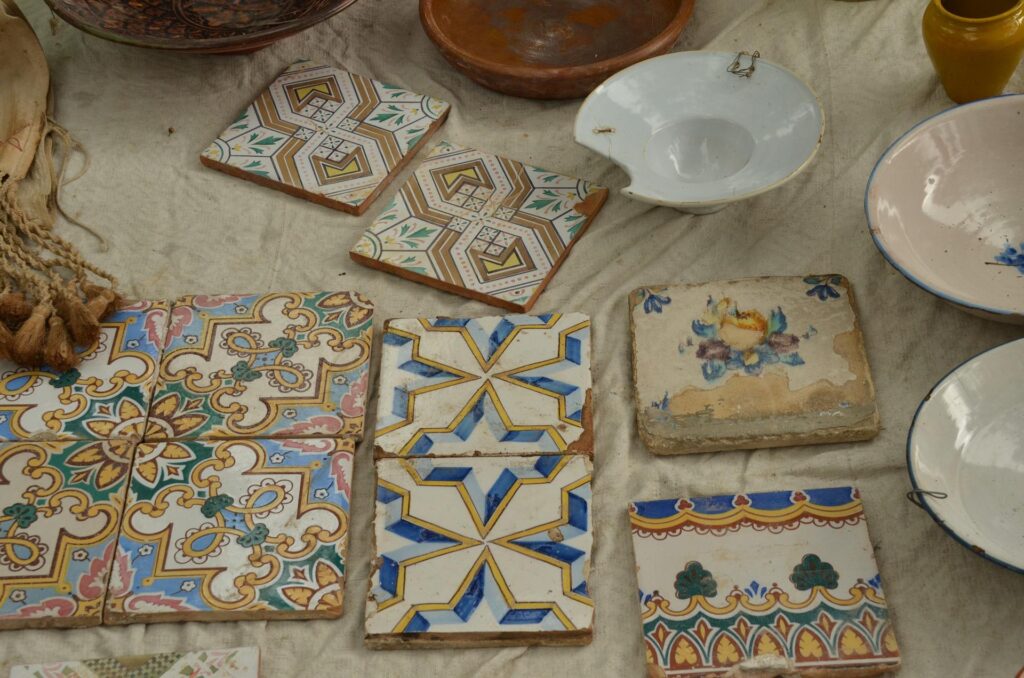
5. Buy gently used building materials and appliances
Sustainability savvy shoppers know that thrifted fashion is where it’s at and secondhand clothing can be just as trendy as new brands. And when it comes to home renovation, gently used building supplies are another eco-friendly swap that will save you money and reduce the environmental impact of your home renovation too.
Check Facebook Marketplace or Craigslist for gently used building supplies or appliances. Local Facebook groups for free goods or swapping are other good choices.
If you love the look and feel of old barn wood timbers, local lumber yards or demolition companies may be good resources for finding your own. Goodwill, eBay, Etsy and Habitat for Humanity ReStore are also ideal places to search for vintage lighting fixtures, period tiles, antique mantels and more.
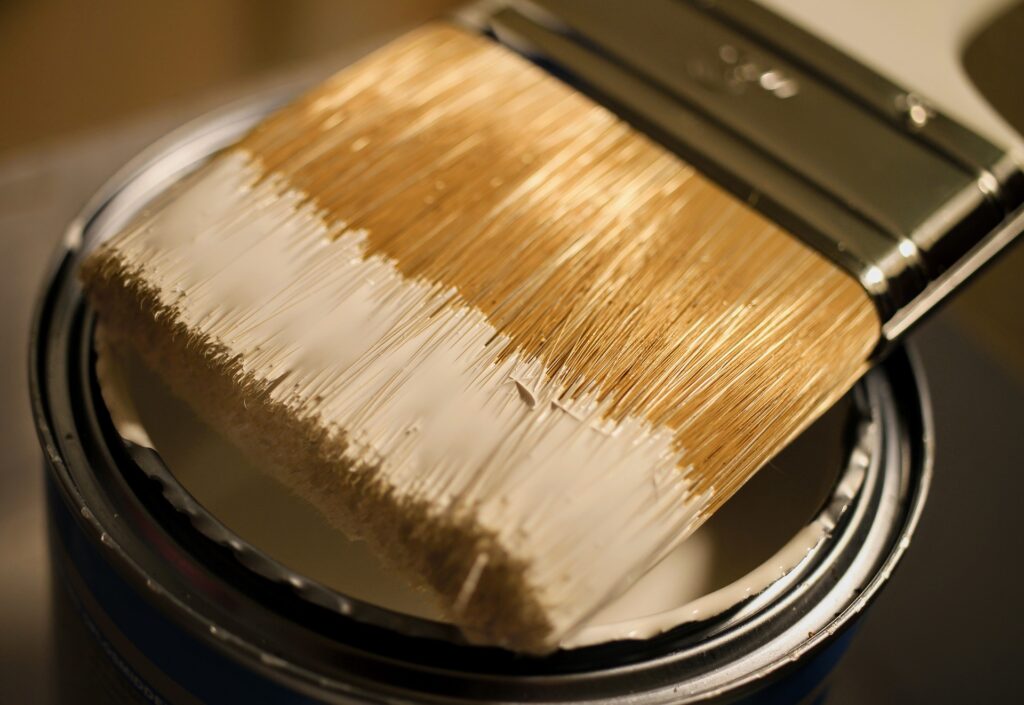
6. Stay away from VOCs
VOCS (or volatile organic compounds) are found in many building supplies, like paints, stains, some furniture, carpets, cleaners and other commonly used products. Some VOCs are toxic and have been linked to cancer. They also decrease indoor air quality and contribute to the formation of smog and pollution.
Opting for low- to no-VOC products in your home will improve your indoor air quality, green your home and help you breathe easier too.
Companies like Zinsser have zero VOC primer options available, which work every bit as well as high VOC primers. Behr has zero VOC paints too and, best of all, they come in every color you could want!
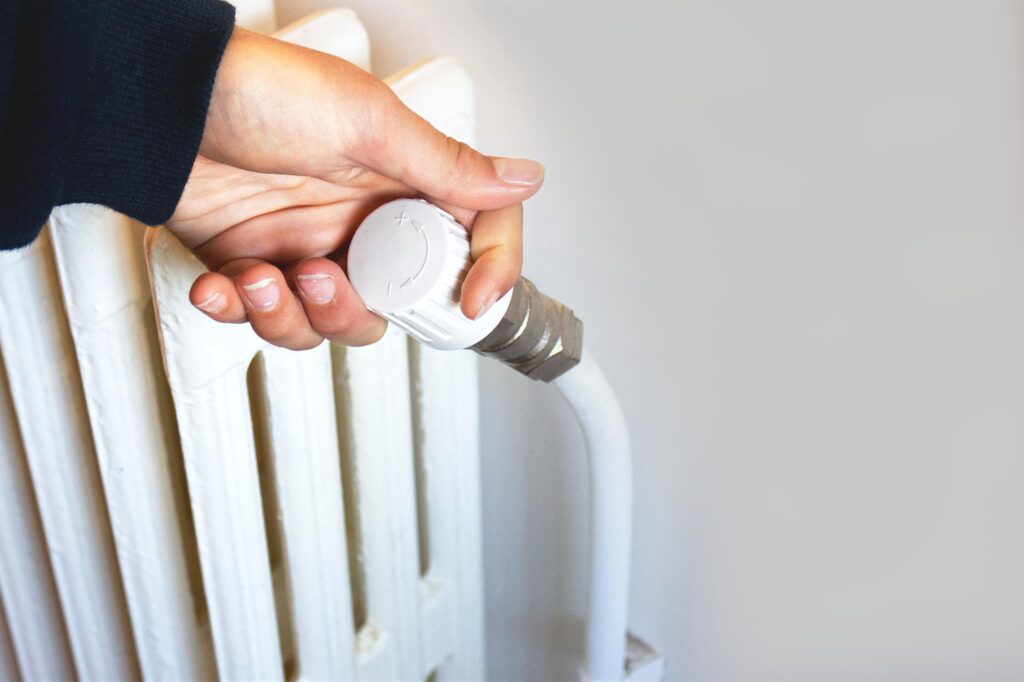
7. Insulate well
If you’re replacing walls or drywall or re-vamping your attic crawlspace, it’s a good time to add some new insulation. Insulation not only helps keeps your home nice and cozy in winter and cool in summer, but it helps homes conserve energy too. With a good layer of insulation, you’ll need to run your heat and A/C less, which translates into less energy consumption and a lower electricity and heating bill.
There are also tons of innovative environmentally friendly types of insulation, like post-consumer recycled denim insulation.
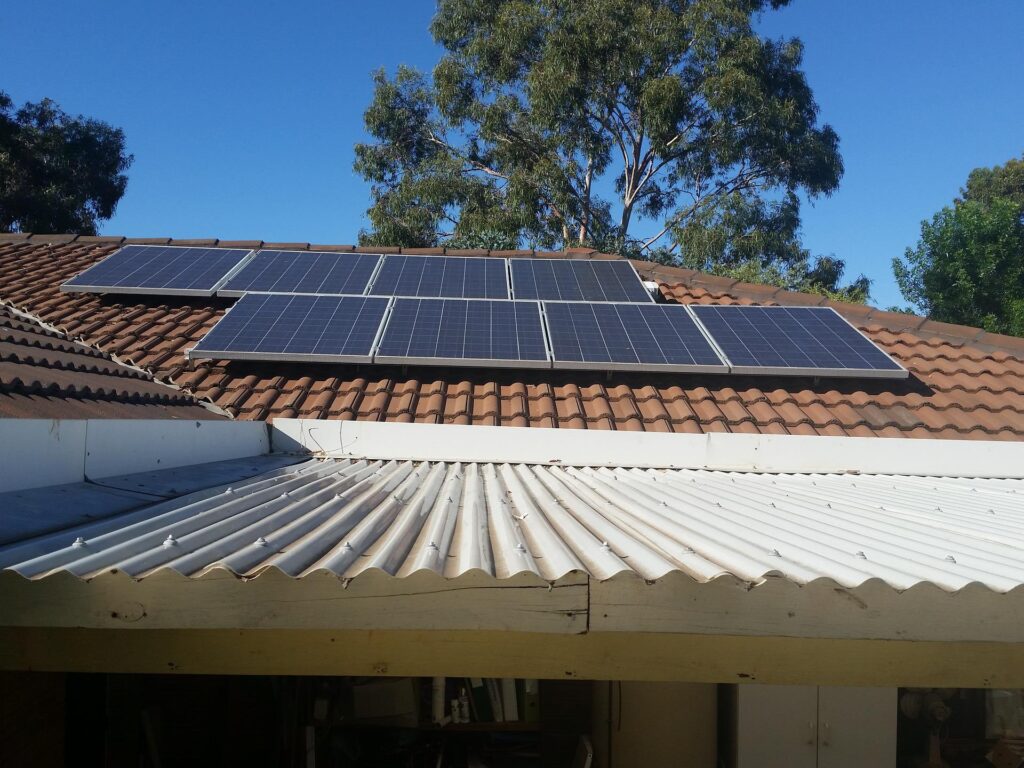
8. Consider solar
Switching to solar energy may not be in your budget, but you may be eligible for federal solar tax credits if you make the change.
However, there are other ways to take advantage of the sun’s energy too. Optimizing your home for passive solar gain is one solution, which can utilize the heat generated from the sun to help warm your home. Opening up curtains on sunny winter days and then covering them up with thick, thermal curtains at night is one great way to do this.
On a smaller scale, if you’re looking to add outdoor light, choose solar-powered lights, which won’t waste electricity and will pay for themselves over time.
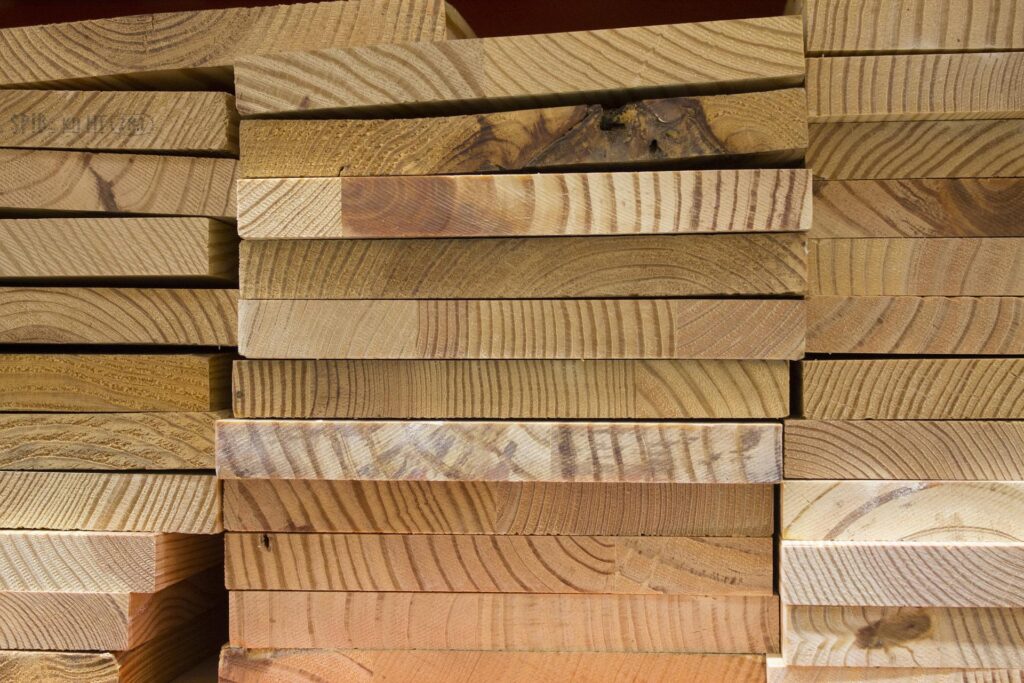
9. Donate what you don’t need
Rather than renting a dumpster after demolishing your old kitchen or fireplace, consider donating or selling gently used building materials instead. If items are moldy or broken, there may be no saving them, but items like old tiles may be given a new life in a new home. Check out your local Goodwill, Habitat for Humanity ReStore or similar donation centers that deal with building supplies and see if they’d be interested in your donations.
Some old building supplies, like light fixtures, doorknobs, carved wooden details, old windows, garden doors and fence posts may even be considered collectible and may fetch a good price at resale. You can try selling items on Facebook Marketplace or Craigslist, or on websites like eBay. AuctionZip is another great resource where you can look up local auctions and auctioneers are usually happy to add a few extra items to their auction lineup.
Another option is to post your used items in local groups on social media. Locals are usually very happy to find free building supplies to cut their own home renovation costs!
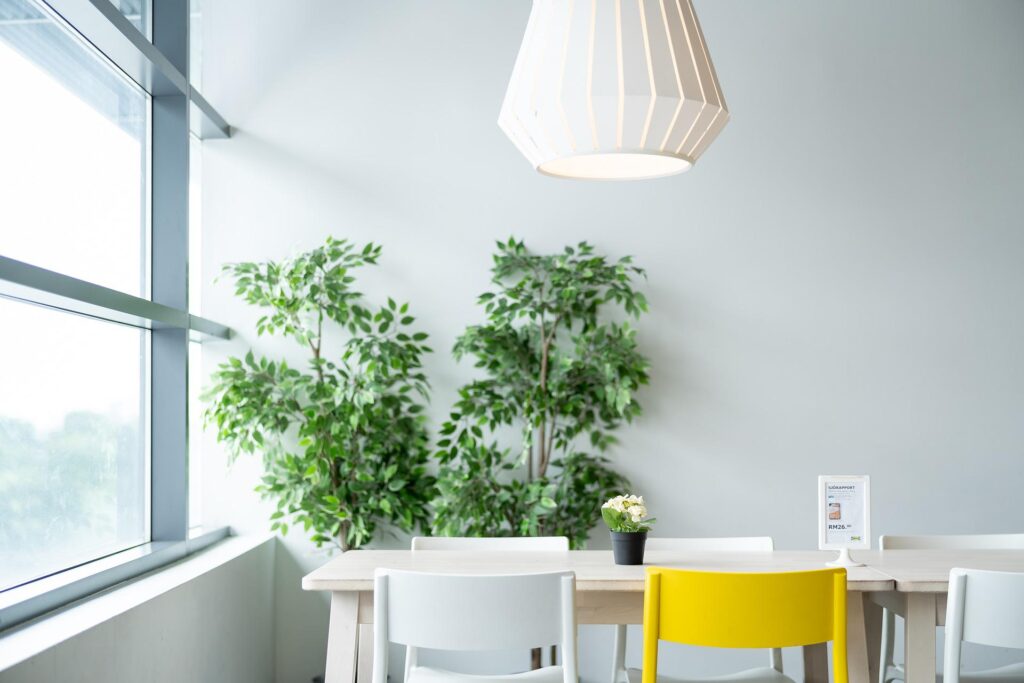
10. Take advantage of natural light
Solar energy is one of the most renewable resources and costs no money to use. So, whenever possible optimize your home to take advantage of that gorgeous natural sunlight. If you have a darker home, painting the walls a nice, bright white can brighten up your interior, so you’ll need to rely on table lamps less. Sheer curtains or a new skylight can enliven dark rooms too!
Utilizing sunlight not only conserves electricity, but it can also create a more welcoming home environment and even ward against the winter blues.

11. Upcycle furniture for a fresh vibe
When it comes time to furnish your newly renovated digs, keep the sustainable vibes going by picking up some thrifted furniture too. Websites like Etsy, eBay, Craigslist, LiveAuctioneers and Facebook Marketplace are all full of stylish vintage pieces that can add a clever touch of color or some interesting new lines to your home’s décor. Best of all, because they’re secondhand, you’re unlikely to find the same piece in your neighbor’s living room!
While secondhand furniture can be perfect just on its own, pieces can make for fun upcycling projects too! A fresh coat of paint or stain and some new hardware can do wonders for an old side table or dining room set. Upholstered pieces can be given new life and a modern vibe with new fabric. And, if you’re really crafty, you can even try re-caning old chairs with a convenient caning kit.
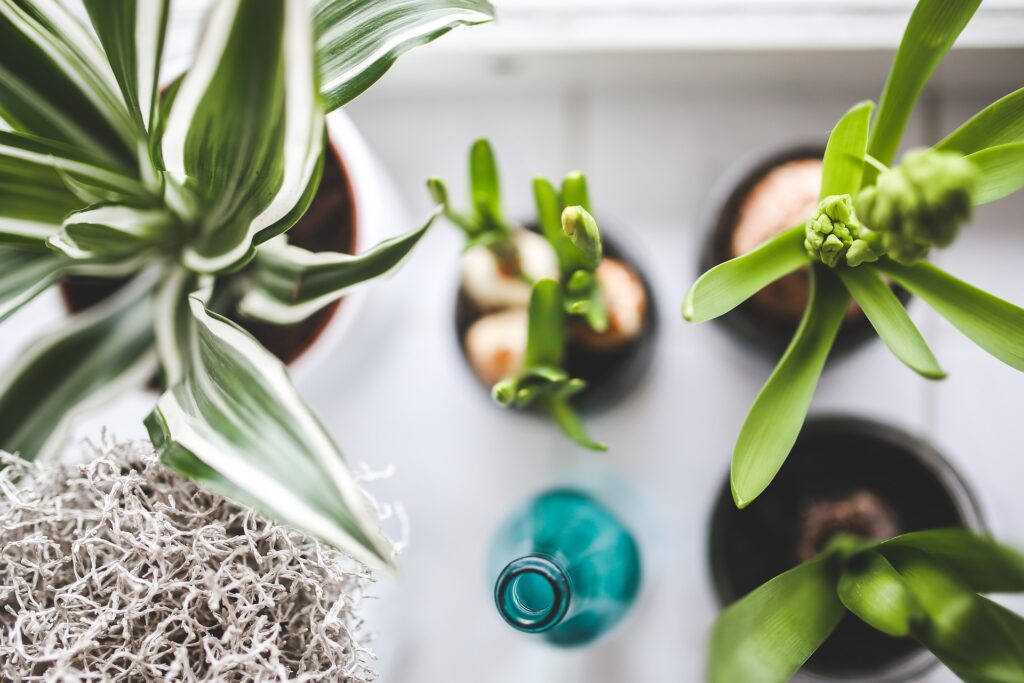
12. Add air purifying plants
Houseplants uplift any home with a touch of color, textural leaves and fun decorative plant pots too! But plants are so much more than just a piece of décor.
Plants have been shown to uplift your mood, help you sleep better and they excel at purifying indoor air. This can be particularly helpful if you’ve been doing lots of home renovation, as plants can remove dust, VOCs and other indoor air pollutants from your home.
NASA studied the air purifying abilities of common indoor plants and found that some plants are better at the job than others. According to NASA, some of the best houseplants* for air purification include:
- English ivy
- Peace lily
- Parlor palm
- Pothos
- Bamboo palm
- Lady palm
- Snake plant
- Some dracaena varieties
* Note: Some of the plants on this list are toxic to pets, so take care when bringing them into your home if you have pets that like to nibble on houseplant leaves.
For more sustainability tips, check out our other zero waste articles here:
Are you renovating your older home now? Do you have any sustainability hacks you’d like to share? Post them below, we always love to hear from you!
